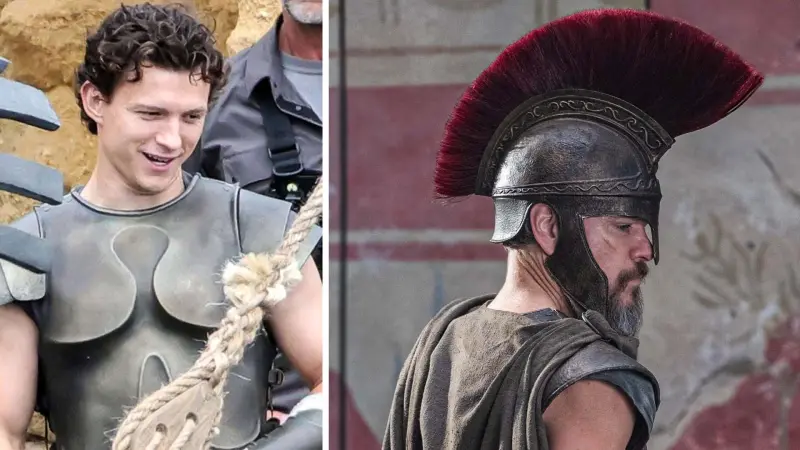Introduction
Greek mythology is rich with tales of gods and the afterlife, but few deities are as enigmatic as Hades, the ruler of the underworld. Unlike the fearsome depictions of the Christian hell, the Greek underworld was not solely a place of torment but a complex realm where the dead found their final resting place. This article explores the role of Hades in Greek mythology, the structure of the underworld, and its deep connections to funerary rites and beliefs about the afterlife.
Hades: The Unseen Ruler of the Dead
Hades, the brother of Zeus and Poseidon, was assigned dominion over the underworld following the Titanomachy, the great war between the Olympians and Titans. Unlike his brothers, who ruled the sky and sea, Hades' domain was hidden beneath the earth. Though often feared, Hades was not considered evil; rather, he was a just and impartial ruler who maintained the balance between life and death.
Symbols and Associations
Cerberus: The three-headed guard dog who prevented the living from entering and the dead from escaping.
The Helm of Darkness: A magical helmet that rendered its wearer invisible, symbolizing Hades’ unseen and mysterious nature.
Persephone: His wife and queen, whose annual descent to the underworld explained the cycle of seasons.
The Structure of the Underworld
The Greek underworld was divided into distinct regions, each serving a different purpose in the afterlife. Souls were judged based on their earthly deeds and assigned to an appropriate realm.
Key Realms of the Underworld
Elysium: A paradise for heroes and virtuous souls who lived righteous lives.
Asphodel Meadows: A neutral zone where the majority of souls resided, neither punished nor rewarded.
Tartarus: A place of torment for the wicked and enemies of the gods, comparable to later concepts of hell.
The Fields of Punishment: Reserved for those guilty of serious crimes against the gods, though less severe than Tartarus.
The Five Rivers of the Underworld
Styx: The river of unbreakable oaths and the boundary between life and death.
Acheron: The river of sorrow, where newly deceased souls were ferried by Charon.
Lethe: The river of forgetfulness, where souls seeking reincarnation drank to erase past memories.
Phlegethon: The river of fire, believed to lead to Tartarus.
Cocytus: The river of wailing, associated with deep mourning and lamentation.
Funerary Rites and Beliefs About the Afterlife
The ancient Greeks held strong beliefs about death and the afterlife, which were reflected in their funerary customs. Proper burial was crucial, as an unburied soul was doomed to wander the banks of the Styx for eternity.
Important Funeral Practices
Obolus (Coin for Charon): A coin was placed in the mouth of the deceased to pay Charon, the ferryman of the dead.
Libations and Offerings: Families made offerings to the dead to ensure their peace in the afterlife.
Hero Cults and Tomb Worship: Some figures, like Achilles and Heracles, were honored with elaborate tombs and rituals to maintain their presence in the mortal world.
Conclusion
The myth of Hades and the Greek underworld offers profound insight into ancient beliefs about death, justice, and the afterlife. Unlike later depictions of a punitive underworld, the Greek afterlife was multifaceted, reflecting a society that sought to understand death as a continuation rather than an end. Through myths, funerary rites, and sacred rituals, the legacy of Hades remains one of the most enduring aspects of Greek mythology.







